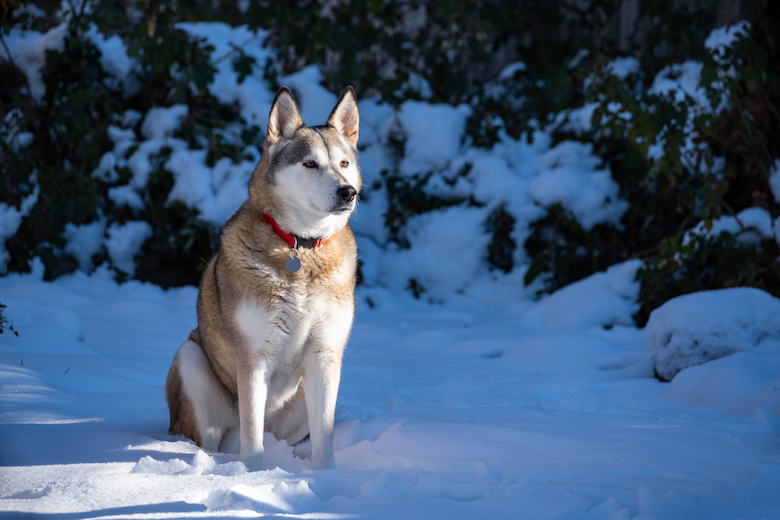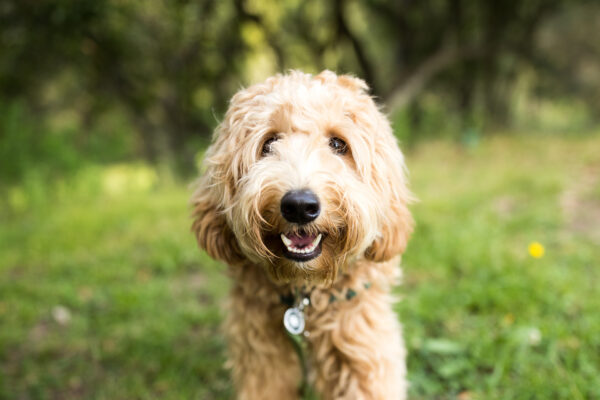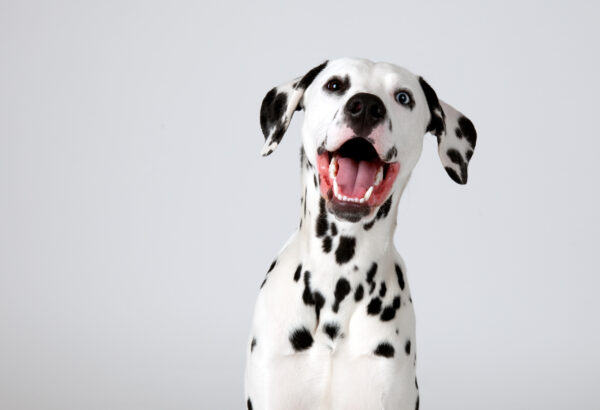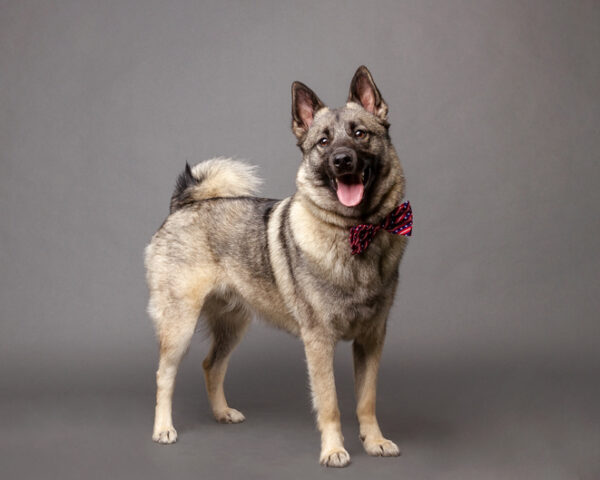Quick Facts
- Weight: 44 – 66 pounds
- Height: 23 – 26 inches
The Look of a Alaskan Husky
Alaskan Huskies are not recognized by the AKC and, thus, do not have a registered standard look. They can be a solid color or multi-colored, usually gray, black and white, but sometimes brown, cream or red. They have very heavy undercoats to protect them from the elements when pulling a sled and a heavier topcoat than the Siberian Husky. Alaskan Huskies have long legs, a lean body, a deep chest, pointy ears and tend to have brown eyes (as opposed to the Siberian’s bright blue). They often look like a cross between the Siberian and the Malamute; some look wolf-like while others look like a mix of many breeds.
Traits
- Speed (Best racing sled dog in the world)
- Bushy tail
- Husky howl, rather like a wolf’s
- Unusual markings
Ideal Human Companion
- Very active people, ideally runners or other regular exercisers
- Families with older children
- Families with other dogs
- Singles willing to go to the dog park
- Someone looking for a calmer version of other huskies
What They Are Like to Live With
Alaskan Huskies are calmer than their cousins the Siberian Husky and Alaskan Malamute. They are friendly with their families and curious about strangers. This Northern dog does not make a good watchdog because he rarely barks and is more likely to sniff a stranger than attack him. Alaskan Huskies are actually very gentle creatures and are good with slightly older children but the family cat may have to take up different living quarters in the house as they tend to be overly curious about small animals.
Owning an Alaskan Husky means having a companion who is lively, yet also subdued at times, playful, intelligent and easygoing. He is also often stubborn and willful as well as mischievous. Alaskan Huskies work well in in families but can also do well in a single person’s home. They do best with a yard and enough space in the home as they are active inside, too.
Things You Should Know
Alaskan Huskies are pack animals so, though not necessary, owning other dogs will make them feel at home. If he is the only dog in a home, dog parks and other doggy activities will give him social time. It is also imperative that a human pack leader be established as these huskies can be stubborn and attempt to rule the roost. Alaskan Huskies actually have greater endurance in sled racing than the Siberian Husky or Alaskan Malamute. They need a lot of exercise which is not only important to their health but also to their demeanor. A bored Alaskan Husky is likely to be very destructive, chewing couches and pulling up rugs.
This breed loves to roam so adequate fencing and religious use of a leash is imperative. They are also known escape artists which means a very tall fence, blocks around the bottom of the fence to prevent digging and keeping a close eye on this Houdini.
Alaskan Husky History
This formidable outdoor dog originated in Alaska where he was bred for sled pulling and sled racing. Alaskan Huskies are a mix of many dogs including the Siberian Husky, German Shepherd, Inuit Husky, Border Collie and more. They were bred to be working dogs so their appearance has not been considered important. Though the Siberian Husky came first, the Alaskan Husky quickly rose to the top of the racing dog list because of his incredible speed. Today, most huskies seen in sled dog races are Alaskan Huskies.





